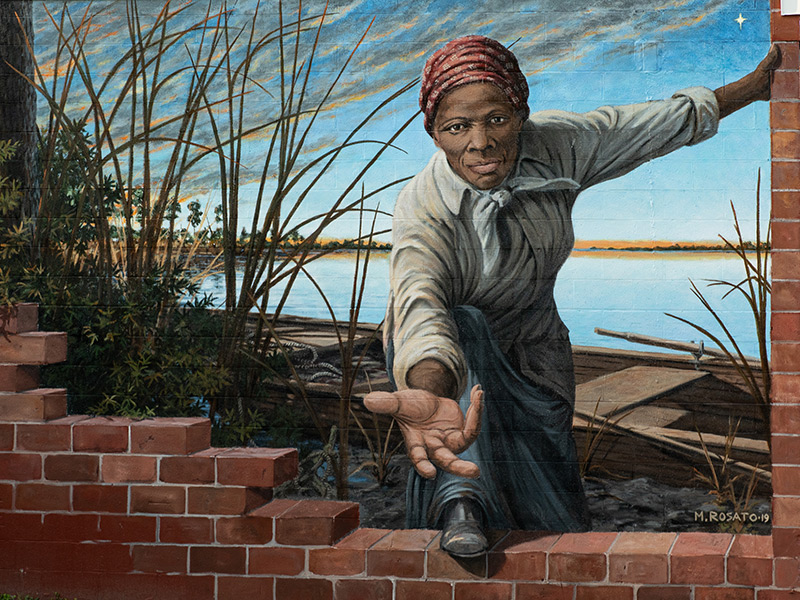The Emerson E. Harrington Bridge, now the old fishing pier next to our site, marked an economic boom for Cambridge in the 1930s, becoming the first constant direct link northward to Annapolis and Baltimore.
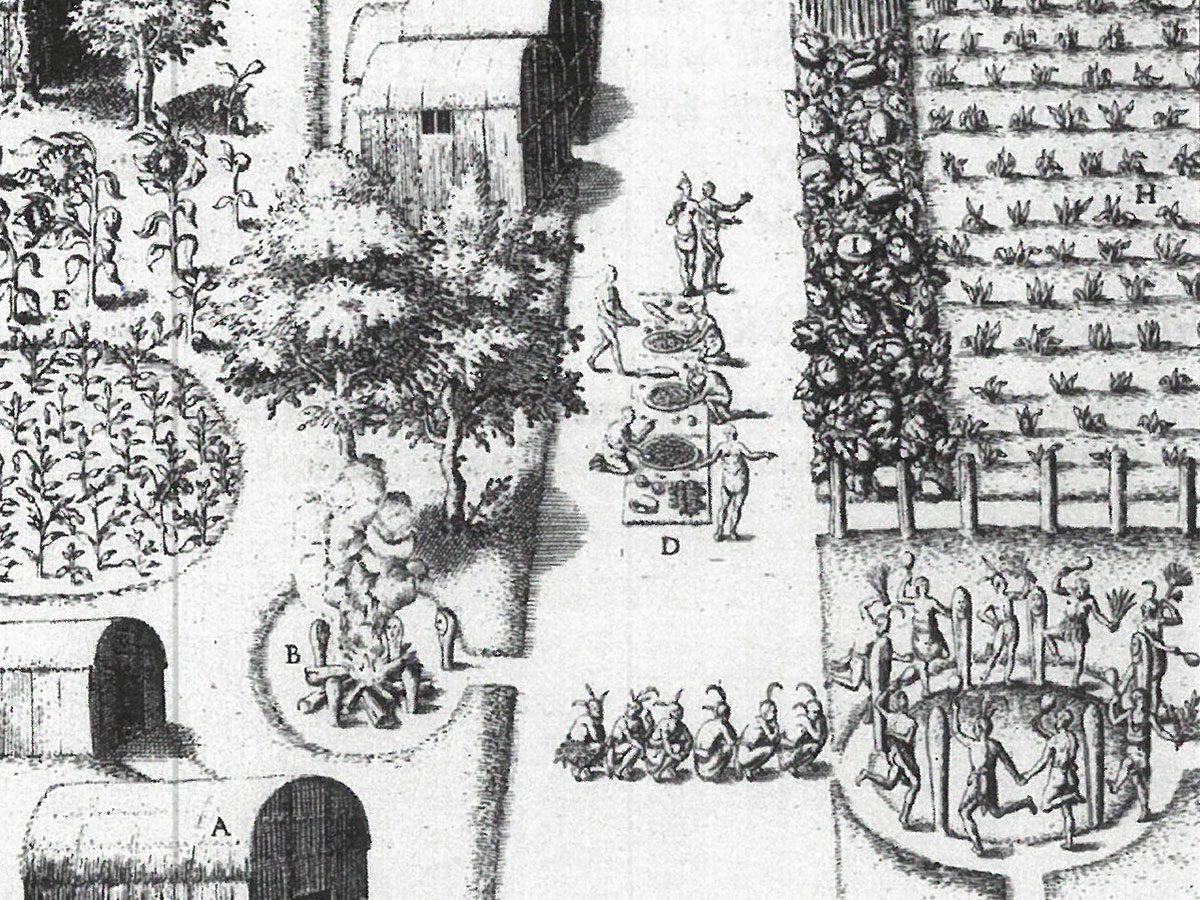
The Ababco, a subtribe of the Algonquin people were the original indigenous natives of Cambridge. King Ababco and his people lived in the area extending from Algonquin to Whitehall, including present-day Cambridge, at the time referred to as King Ababco’s Town. Estimated to be about 1600+ persons around this time, early colonizers arranged their first treaties in 1671 with the King and subsequent treaties with two other Choptank tribes, the Hatsawap and Tequissino. The treaties covered the transfer of land ownership and alliances against other First Nations outside of the Powhatan Confederacy warring against The Choptank tribes and early colonizers.
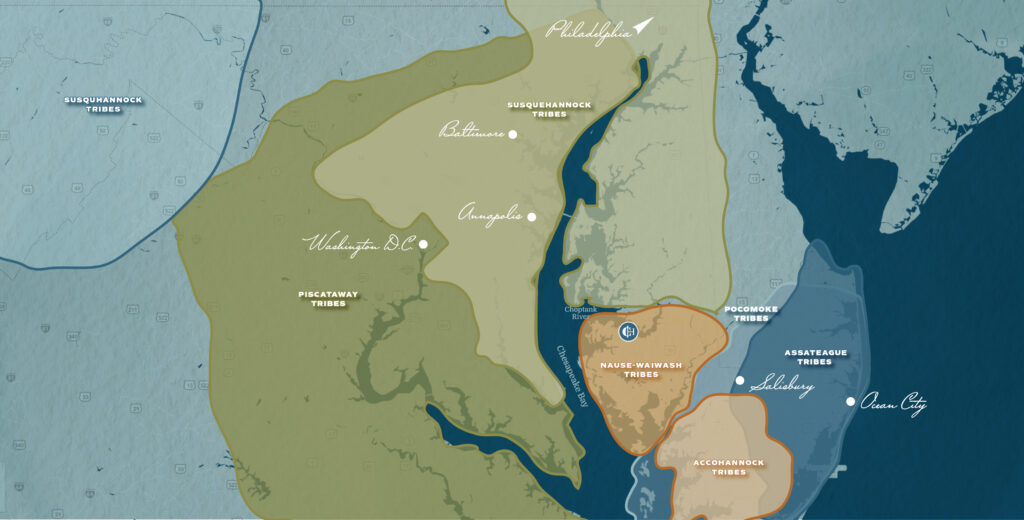
Tribal political organizations have shifted over time; typically, organization has existed at three different levels: nations or confederacies, tribes, and bands. Tribes with related cultures and interests sometimes created confederacies or nations for mutual protection. The Powhatan Confederacy, which at the time of European colonization stretched from present-day South Carolina to Maryland, was the largest Confederacy in the region. “Bands” tended to refer to a single village or a cluster of closely grouped villages, such as the Nause-Waiwash Band of Indians who continue to live in present-day Dorchester County.
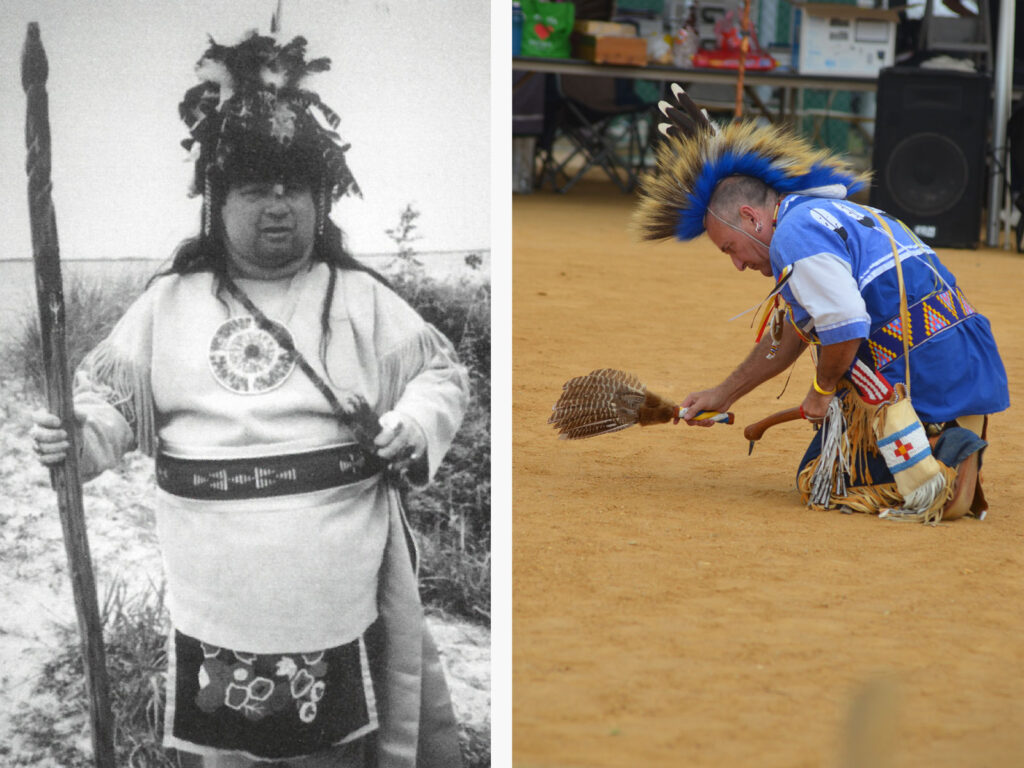
At Cambridge Harbor we want to tell the stories of those who have come before us. CWDI has a continued relationship with some of the region’s remaining indigenous tribes, specifically the Nause-Waiwash Tribe. This group of about 300 are descendants of the original Nanticoke tribe, whose home was, and still is, the Eastern Shore communities of Maryland. Their name, Nause-Waiwash (nah-so WAY-wash), references two Nanticoke ancestral villages. Based in Dorchester County, Maryland, the Nause-Waiwash are the remnants of what Europeans call Nanticoke, Choptank and Pocomoke tribes who fled into the marshes in the 1700s. These three names (Nanticoke, Choptank and Pocomoke) are the names of the three major rivers in the area, which are tributaries of the majestic Chesapeake Bay. As Sailwinds Park at Cambridge Harbor has been one of the locations for the Annual Native American Festival, we plan on building on this tradition and look forward to creating more opportunities to exchange stories and experiences.
Related Posts
Near and around Cambridge Harbor there are various destinations focused on preserving and honoring the legacy of Harriet Tubman. Born into the chains of slavery in Dorchester County in 1822, made her escape north in 1849. Over a dozen times Tubman risked her life to lead enslaved friends and family to freedom as a conductor of the Underground Railroad.
With much rejoice from the Cambridge Community, the Cambridge-Maryland Hospital first opened its doors on November 17, 1904. It sat on the shores of the Choptank River adjacent to the Rose Hill community, where our site sits today.
